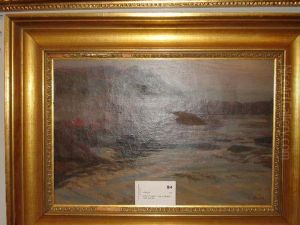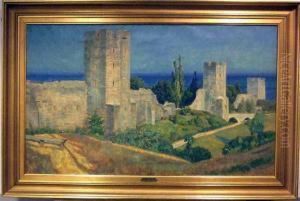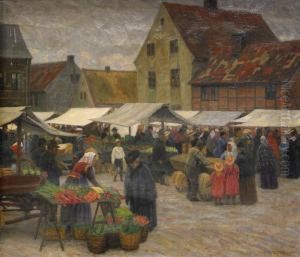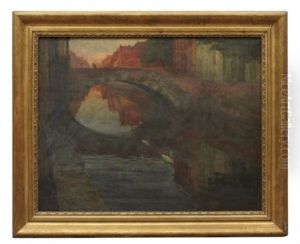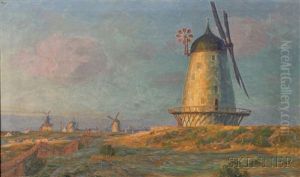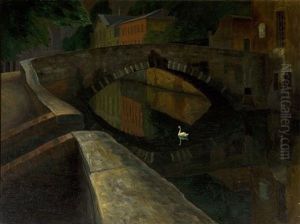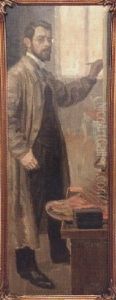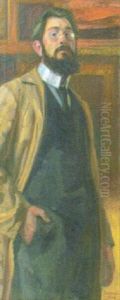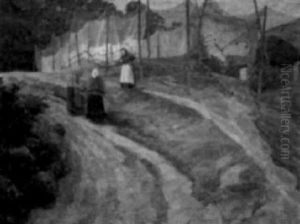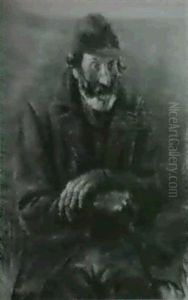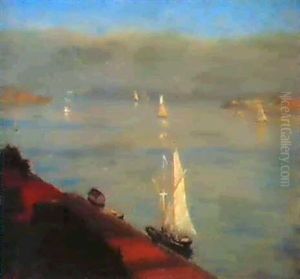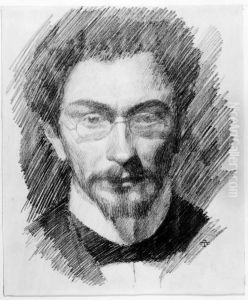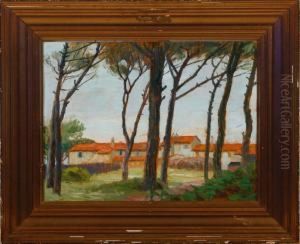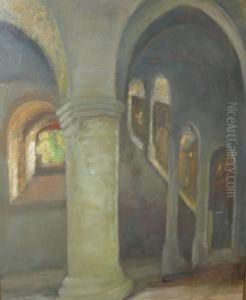Anders Trulson Paintings
Anders Trulson was a Swedish-American artist born on November 1, 1864, in Malmö, Sweden. His early life in Sweden laid the foundation for his deep appreciation of natural beauty, which would later become a hallmark of his artistic work. Trulson immigrated to the United States in the late 19th century, settling in the Midwest. This move marked the beginning of his journey in developing a unique style that blended his Scandinavian roots with the influences of his new American surroundings.
Trulson's artistic career flourished in the United States, where he became known for his landscape paintings, capturing the essence of the American Midwest and Northeast with a particular focus on the changing seasons. His work often depicted serene rural scenes, characterized by a soft, luminous palette that reflected the subtle interplay of light and shadow. Trulson's approach to painting was deeply influenced by the naturalistic and impressionistic movements, allowing him to craft landscapes that were not only reflective of the physical beauty of the countryside but also imbued with a sense of tranquility and emotional depth.
Despite facing the challenges common to immigrant artists of his time, including the struggle for recognition and financial stability, Trulson's dedication to his craft led to a modest but dedicated following. He exhibited his work at various local and regional art shows, gradually gaining acclaim for his ability to capture the American landscape with a distinct sensitivity and skill. Trulson's contributions to the art world were cut short by his untimely death on October 5, 1928, in the United States. However, his legacy lives on through his paintings, which continue to be celebrated for their portrayal of the natural world and the serene beauty of the landscapes he so loved. Anders Trulson's life and work remain an important part of the narrative of immigrant artists in America, highlighting the cultural exchange and hybridization that enriches the tapestry of American art.
